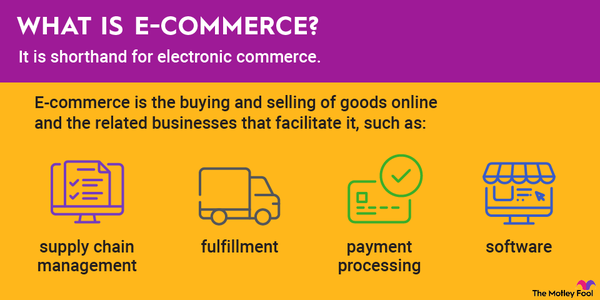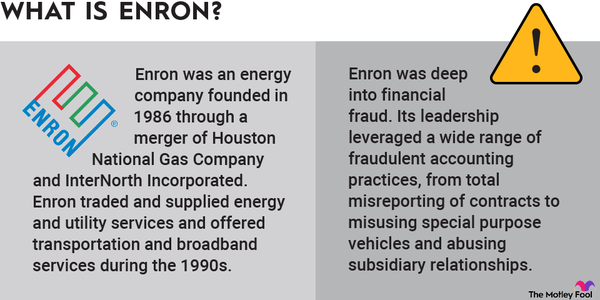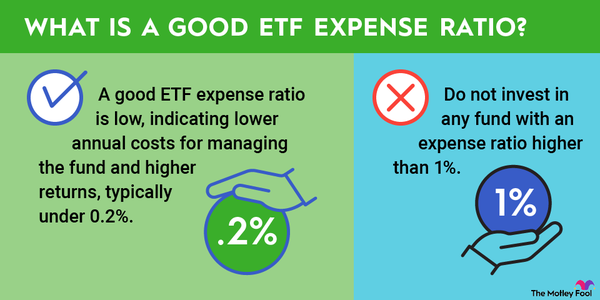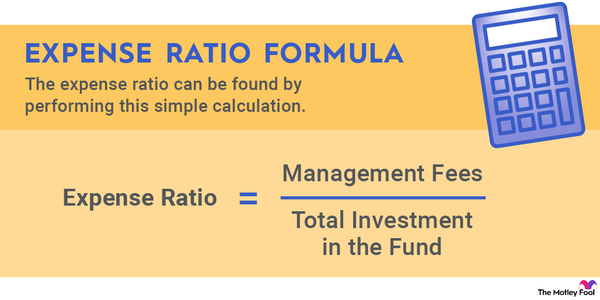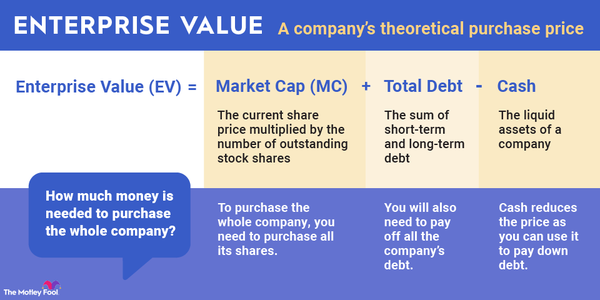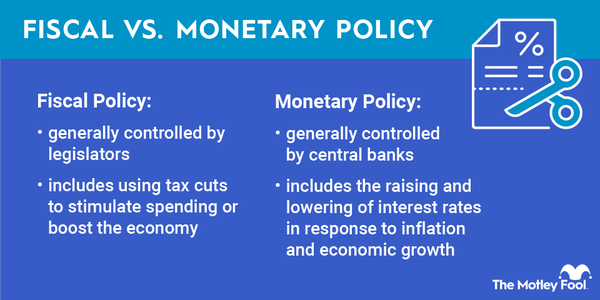The term “exit strategy” came into common use in the late 1960s, when U.S. officials were struggling with the best way to cut the nation’s losses from the Vietnam War. These days, it’s more commonly used to describe a way to maximize your investment profits and minimize losses by having a plan to sell something in your portfolio before it loses significant value.

What is an exit strategy?
What is an exit strategy?
A long-term buy-and-hold strategy is considered the best method for building investment wealth from stocks. But sometimes, it’s necessary to walk away. Smart investors define the best time to walk away -- an exit strategy -- early in the process, sometimes even before buying stock.
Exit strategies are often described as guardrails. Investors who set parameters for the performance of their investments are much more likely to be successful than investors who are guided by emotion. The market can be a volatile place, and it’s easy to make spur-of-the-moment decisions that feel right at the time but may lead to poor financial results later.
An exit strategy is about more than simply cutting your losses. It needs to be part of every investor’s overall plan. To set an exit strategy, you first have to decide how long you want to hold your investment. You need to define criteria that measure its performance. And you need to determine the changes that would make you sell the investment or buy more of it.
Designing an exit strategy
Designing an exit strategy
A well-designed exit strategy doesn’t simply set a price at which you get rid of an investment; it considers a range of possibilities for the best time to exit an investment. The key is to think strategically, not tactically. Here are four time-tested strategies:
- Look at support and resistance. Support happens when the price of a security bottoms out relative to demand. If demand is strong enough, the price will simply bounce off a series of lows. Resistance occurs when the price of a security hits a ceiling relative to supply. If the supply is strong enough, the security price won’t increase.
- Consider setting profit and loss targets, such as a 5% profit or 5% loss. The targets should be based on your appetite for risk. If you’re fairly young and are willing to shoulder some risk, you can expand the targets. Older and more conservative investors should consider fairly narrow profit and loss targets to minimize risk.
- Follow the 1% rule. Investors shouldn’t lose more than 1% of their net worth on any investment. For example, if you have $100,000 in savings, you don’t want to lose more than $1,000 on an investment.
- Think about a timed exit. It doesn’t have to be six months, one year, or five years, but you should at least re-evaluate an investment after a given period of time. A security may trigger a timed exit if it remains stagnant for some time or when its price changes very slightly over time.
Using orders in an exit strategy
Using orders in an exit strategy
There are a number of orders you can use to implement an exit strategy. The most common and simplest involves placing a market order. Your investment will be sold, although not necessarily at the price you immediately wanted.
- If there’s a minimum price that you’re absolutely set on, you can use a limit order. You’ll sell some or all of your investment if the price hits the minimum. The price might not be reached -- but if it is, the stock will sell at the minimum price that you set.
- You may also consider a stop-loss order. If your investment drops to a certain level, it will turn into a market order and sell as quickly as possible. Keep in mind that a stop-loss order won’t guarantee that you will avoid a financial beating if the stock suddenly plunges.
- Take-profit orders are basically the opposite of stop-loss orders. If your investment hits a point that you think is at its peak, it also converts to a market order and is then sold.
- Finally, a conditional order -- also called a bracket order -- lets you have both a limit order and a stop order, giving you the opportunity to lock in profits and limit losses in a single order.
An exit strategy is the epitome of hoping for the best but planning for the worst. A buy-and-hold strategy is still the best, most proven strategy for building wealth, but even the most patient investors know that there are times when it makes sense to unload an investment. Creating an exit strategy will provide you with a plan that’s ruled by your long-term goals instead of emotions.








